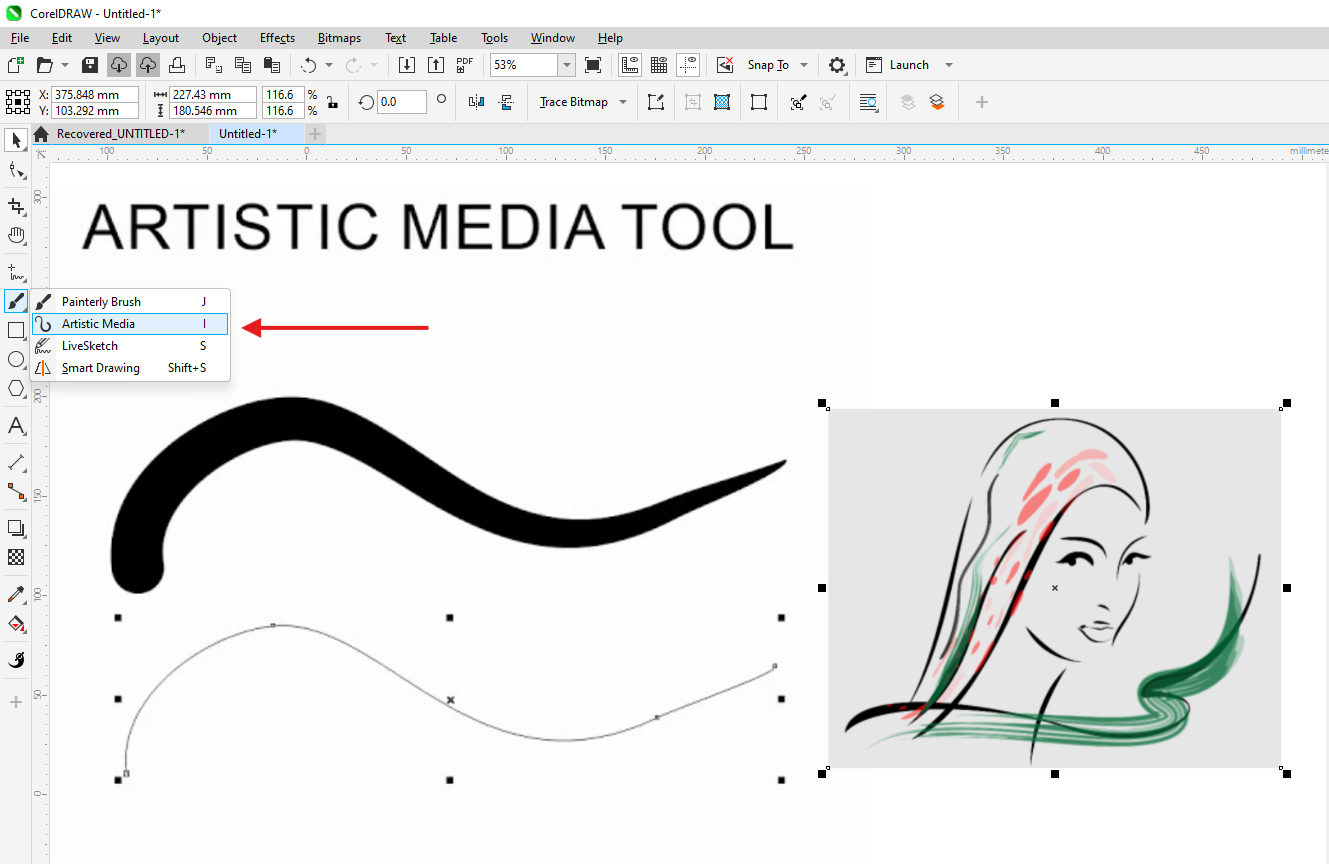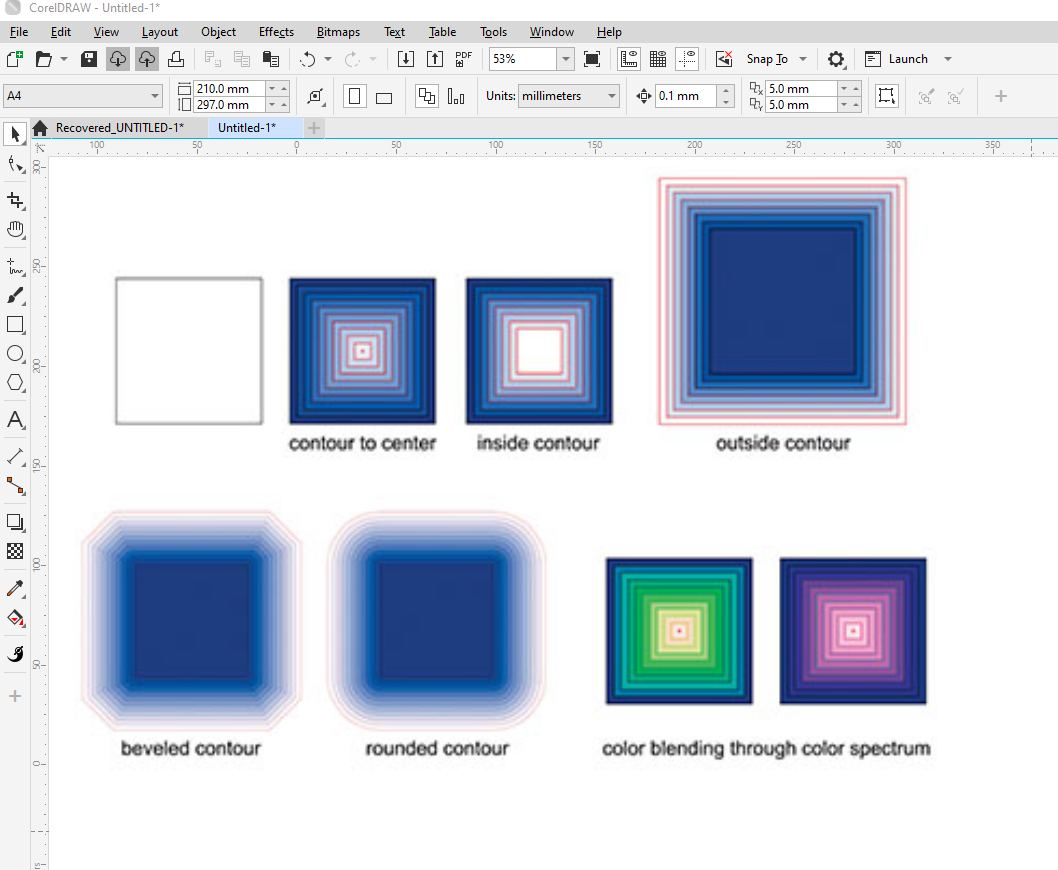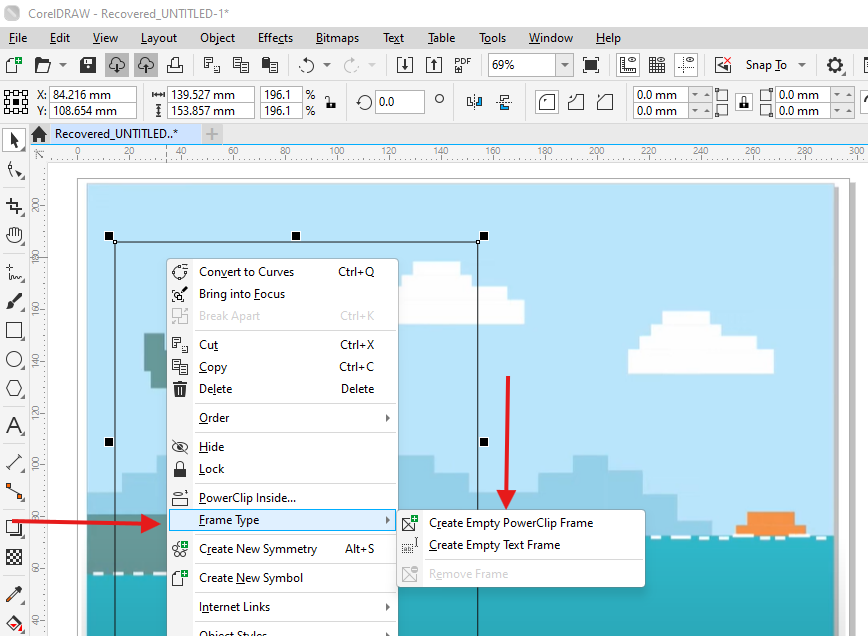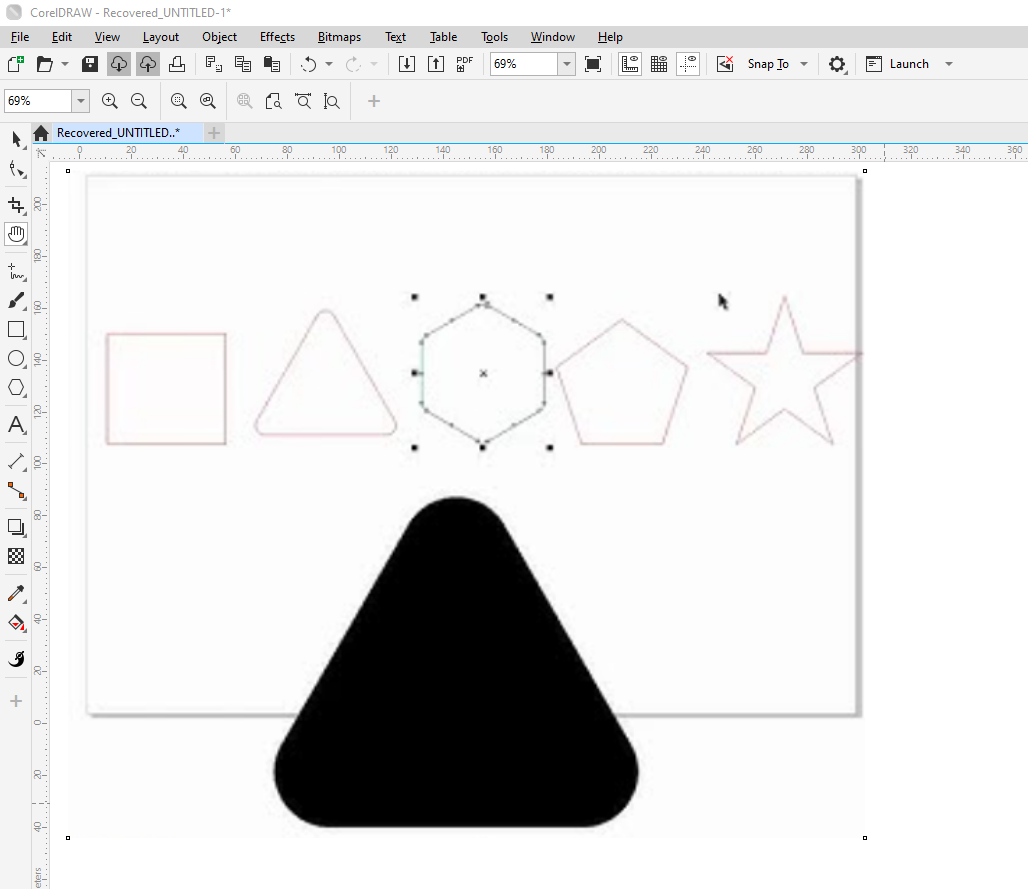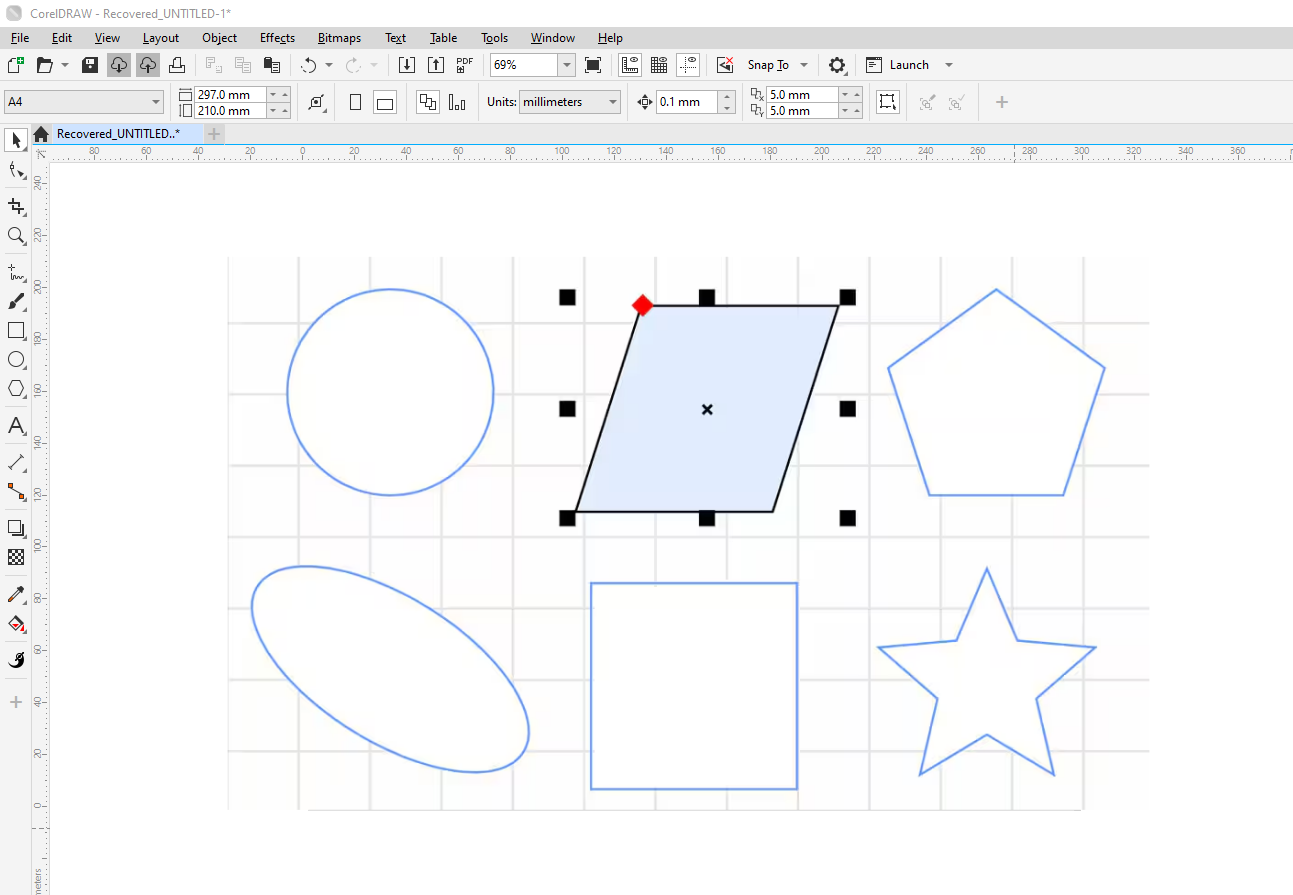When working with CorelDRAW, removing unwanted colors from a drawing, such as white and gray, can be an essential task, especially when preparing images for engraving. In this detailed guide, we will walk you through how to remove white and gray from a drawing using CorelDRAW’s built-in tools and techniques.
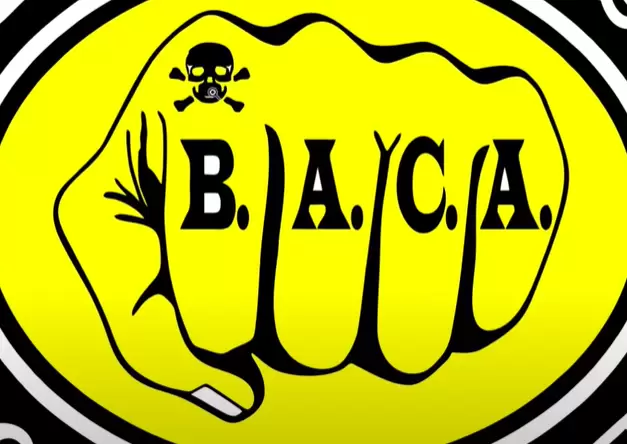
In this particular case, we are working with a grayscale image that will be engraved onto wood. The goal is to prepare the drawing for reverse engraving, where the black parts of the image will engrave into the wood, and the white or gray areas will remain unengraved, showing the natural wood texture.
Step-by-Step Guide
1. Import the Image
- Start by importing the image into CorelDRAW. The image is in grayscale, which works well for the engraving process.
- You can resize the image to suit your project needs by selecting it and adjusting its size. For this example, we’ll make the image 15 inches wide.
2. Place a Background
- To better visualize the engraving process, you can create a background to simulate the wood texture.
- Draw a rectangle behind your image and fill it with a color that resembles wood, such as brown.
- Use the
Object > Order > Back of Pageoption to place this rectangle behind your image. This will allow you to see how the engraving will look once completed.
3. Trace the Bitmap
- Select the image and navigate to
Trace Bitmap > Outline Trace > Clip Art. - This will convert the image into a vector format while keeping the details of the grayscale image intact.
- Group by color to maintain the structure of the image.
4. Ungroup the Image
- Once the tracing is complete, go to
Object > Group > Ungroup. This will allow you to select individual elements within the image, such as different shades of gray or white.
5. Identify and Remove Gray Colors
- Use the color eyedropper tool to identify the gray colors in the image. Typically, these will appear as RGB values that are close to black but not fully black.
- Use
Find and Replaceto target these gray areas for removal. To do this:- Go to
Edit > Find and Replace > Replace Objects. - Choose
Find Fill Colorand select the gray color. - Replace or remove the selected gray elements.
- Go to
6. Removing White
- The next step is to remove the white areas in the image. White areas may not engrave properly, as they can sometimes be misinterpreted by the engraving software.
- Select the white portions of the image either by clicking on them manually or using the
Find and Replacetool to search for white fills. - Delete all white fills by pressing the
Deletekey, ensuring that the black parts of the image remain intact.
7. Fix Any Remaining Issues
- If you find small traces of unwanted colors (like a different shade of gray), manually select and delete them.
- For areas where text overlaps with white or gray, ensure these are cleaned up by selecting the unwanted sections and removing them.
8. Tidy Up the Design
- If any parts of the design (such as letters) are too close or overlapping, you can clean them up with the
Shape Tool. This tool allows you to manipulate nodes, straighten curves, and adjust the image to create a smoother finish. - Right-click on nodes that need adjusting, turn them into curves, and fine-tune the design by moving the handles.
9. Finalizing the Engraving Design
- Once you are satisfied with the adjustments, group the entire design again by selecting all the elements and pressing
Ctrl+G. - Adjust the size of the final design to fit your engraving surface, keeping the original dimensions in mind. For this example, the image is resized to 15 inches wide.
- If you need to place the design on a different colored background, you can simulate the final engraving by changing the color of the background or using a textured wood background.
Conclusion
By following these steps, you will be able to remove unwanted white and gray colors from your CorelDRAW drawing, preparing it for engraving onto wood or other surfaces. This reverse engraving process ensures that only the black areas will engrave, leaving the natural wood texture in place for the rest of the image. Take your time with the process, especially when cleaning up nodes, and your design will be ready for engraving in no time.
#CorelDRAW #DesignTips #EngravingPrep #RemoveColors #GrayscaleImage #BitmapTrace #VectorConversion #ReverseEngraving #DesignOptimization #LogoPrep #CorelDRAWTutorial






